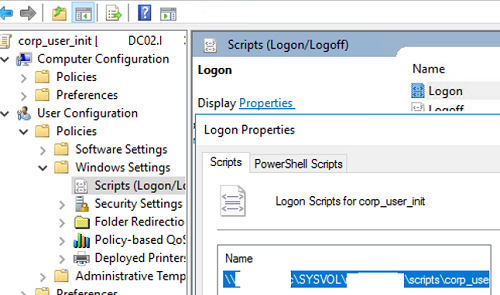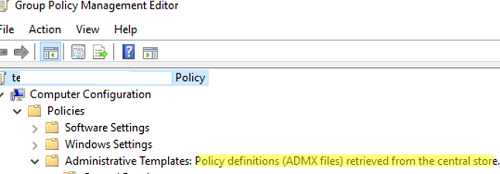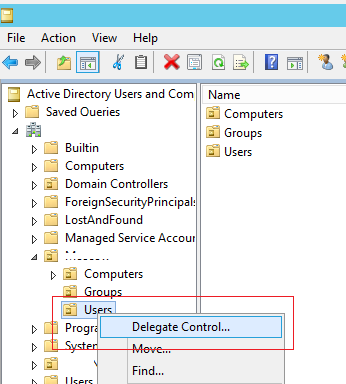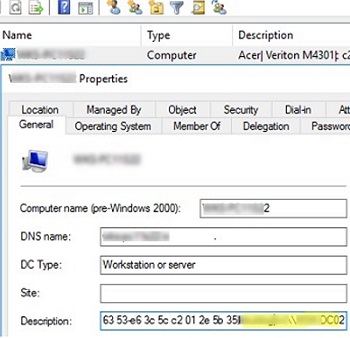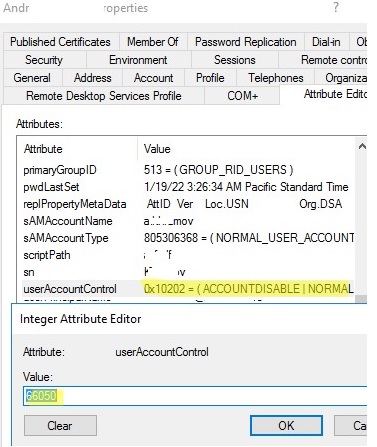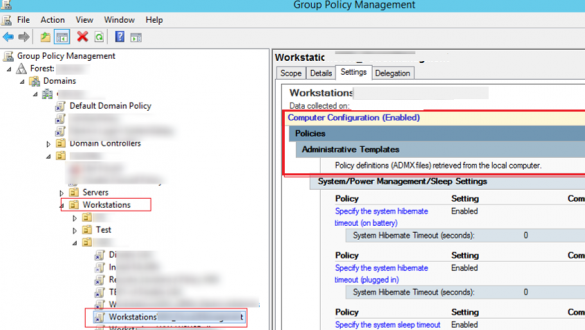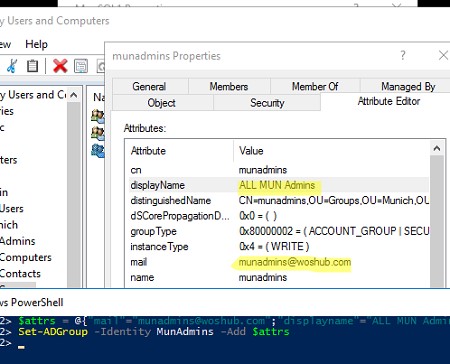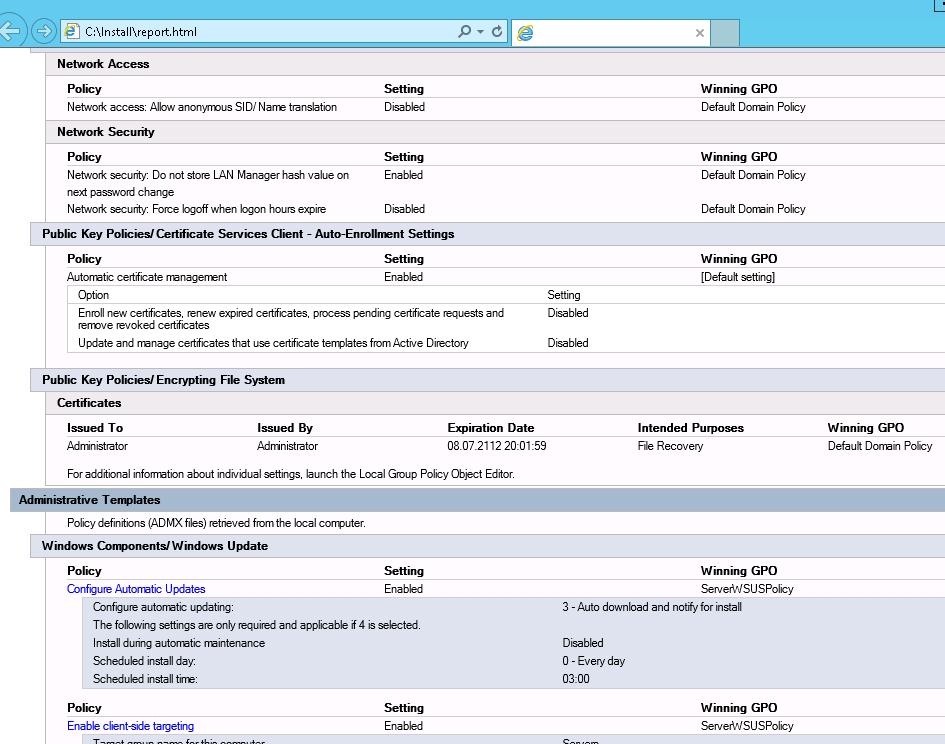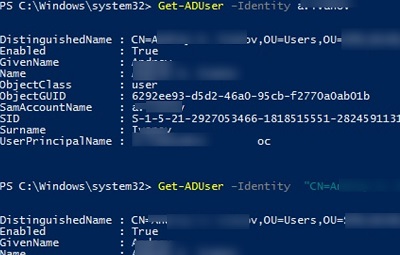GPO logon scripts allow you to run a BAT or PowerShell script at computer startup or user logon/logoff. In some cases, an administrator wants a particular script (command/program) to be…
Active Directory: Core Concepts, Architecture and Best Practices
Configuring Central Store for Group Policy ADMX Templates
The Group Policy Central Store is located in the SYSVOL directory on the domain controllers, replicated between them, and used to store ADMX/ADML GPO template files used to manage Active…
Delegating Administrative Permissions in Active Directory
In this article, we’ll look at how to delegate administrative permissions in the Active Directory domain. Delegation allows you to grant the permissions to perform some AD management tasks to…
How to Automatically Fill the Computer Description in Active Directory
You can store various useful information in the description of computer objects in Active Directory. For example, information about the computer model, hardware inventory, or the last logged-on username. In…
Converting UserAccountControl Attribute Values in Active Directory
UserAccountControl is one of the most important attributes of the user and computer objects in Active Directory. This attribute determines the state of the account in the AD domain: whether…
Troubleshooting: Group Policy (GPO) Not Being Applied to Clients
In this GPO troubleshooting guide, I’ll try to tell you about the typical reasons why a certain Group Policy Object (GPO) might not apply to an organizational unit (OU) or…
Managing Active Directory Groups with PowerShell
The Active Directory Users and Computer (ADUC) graphical snap-in is not the only tool for managing security groups in Active Directory. You can use simple PowerShell commands for day to…
Using GPResult Command to Check Applied GPOs and RSoP Data
The GPResult.exe command-line tool is used to get a Resultant Set of Policy (RSoP) that is applied to a user and/or computer in an Active Directory domain. GPResult allows you…
How to Convert SID to User/Group Name and User to SID
SID (Security IDentifier) is a unique identifier that is assigned to users, groups, computers, or other security objects when they are created in Windows or Active Directory domain. Windows uses…
Get-ADUser: Find Active Directory User Info with PowerShell
The Get-ADUser PowerShell cmdlet allows you to get information about an Active Directory user, its attributes, and search among domain users. It is one of the more popular PowerShell cmdlets…
